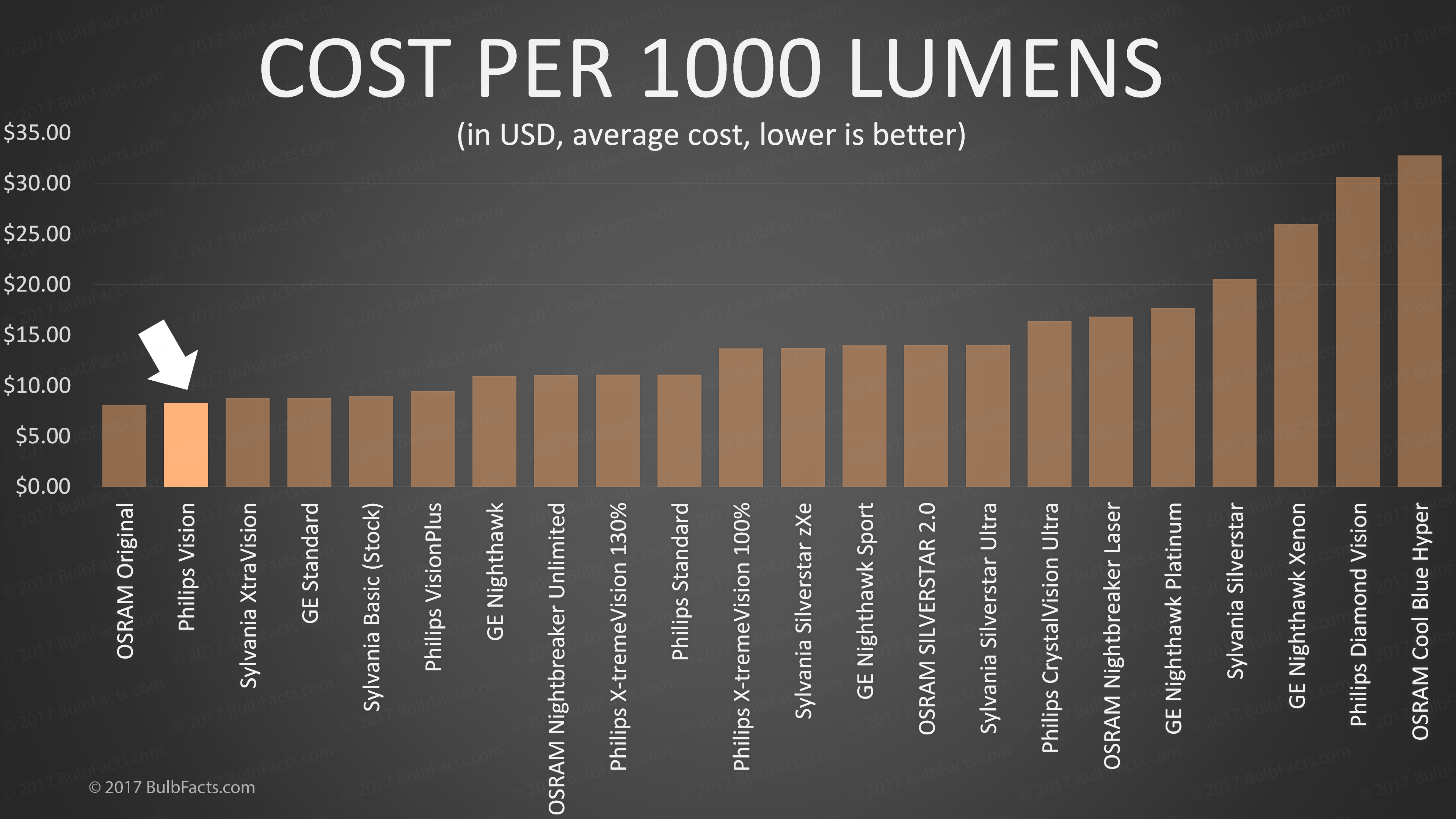

This is used commercially by the IC industry to remove the “early infant mortality failures” from the standard “Bathtub curve” (You stick the silicon in a special oven, power them up and leave them there for a fixed duration, to cause the chips that would fail in the first several years of operation to typically fault in 24 or 48 hours). I would bet money that most bulbs fail in Dubai during August (average temperature high: 41☌, 106☏ low: 30☌, 86☏).Īs everybody should knows, if you apply “The Arrhenius Equation” to electronics, a “10☌ increase in temperature reduces the life of electronics by half”. A few hours under those conditions is enough to permanently damage the diode. In a country where the “normal” temperature can reach 50 degrees, regular LED bulbs simply wouldn’t last. Every LED bulb is optimized to give you the nominal rated operating hours and brightness under nominal test conditions, which means they can claim so many lumens without spending more on a bigger diode. Since the LEDs are very difficult to heatsink properly, and many aren’t even trying, they’re always running up against the de-rating curve. After reaching thermal equilibrium, the light output is reduced somewhat from what it says on the package, because the standard test doesn’t run the light for very long. They use a fixed current regardless of temperature so the bulb would stay the same brightness, which in practice means it starts really bright and then instantly dims down over 2-3 seconds because the efficiency drops with the rising temperature. Note that commercial LED bulbs typically don’t use automatic temperature compensation. Posted in LED Hacks, Teardown Tagged bulb, dubai, lamp, led, philips Post navigation If you want a teardown of a more conventional bulb, we’ve looked at that before, too. The last time we looked in on Dubai, their police were flying quadcopters. They expect to sell 10 million lamps by the end of 2021, although they are only available, currently, in Dubai. Of course, there is a price: in exchange for the development of the bulbs, Philips has the exclusive right to make and sell the bulbs for the next several years. Overall, it is interesting that a nice design came from what amounts to government regulation. The bulbs cost a bit more, but if you factor in the probable long life, their total cost over time should be reasonable. The circuit includes a bridge rectifier and a linear current regulator using a MOSFET. We aren’t sure how that compares to the construction of conventional bulbs. He also notes some of the oddities in construction that appear to be for reliability and ease of manufacturing.
#Philips lumen scale driver
The LEDs get over 200V each and the driver circuit has a lot of pairs of components, possibly to keep the size small for the high voltages involved, although it could be to improve reliability, wasn’t sure.īy reducing the power, was able to count that each LED strip contains 21 LEDs. The Dubai bulbs run at about a fourth of that which means they need more LEDs to get the same amount of light, but they should last longer and operate more efficiently.Īfter exploring the brightness and color of different lamps, tears one up and finds some surprises inside. The secret? A normal LED bulb uses an LED “filament” at 1 watt each. Apparently inspired by the ruler of Dubai, Sheikh Mohammad Bin Rashid Al Maktoum, who wanted more efficient and longer-lasting bulbs. You can’t buy them unless you live in Dubai.

Had an interesting video about LED lights from Philips.


 0 kommentar(er)
0 kommentar(er)
